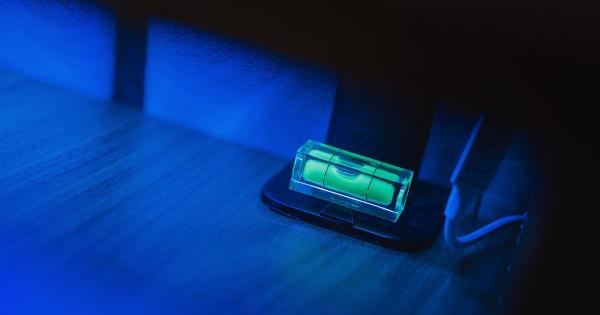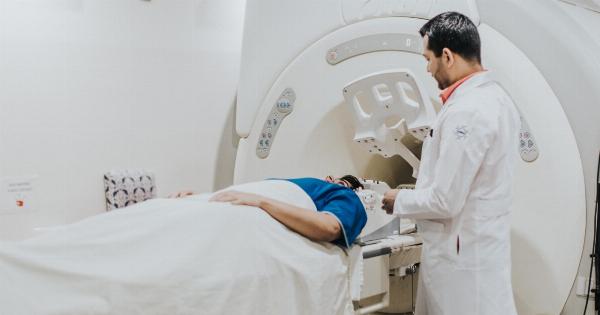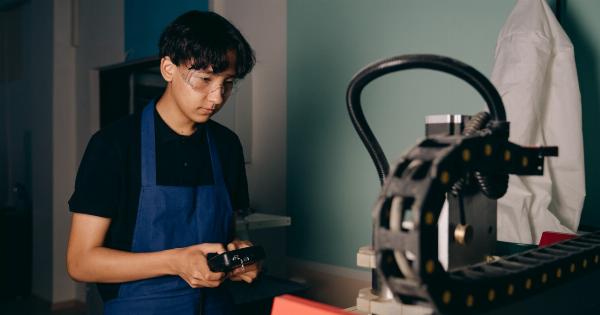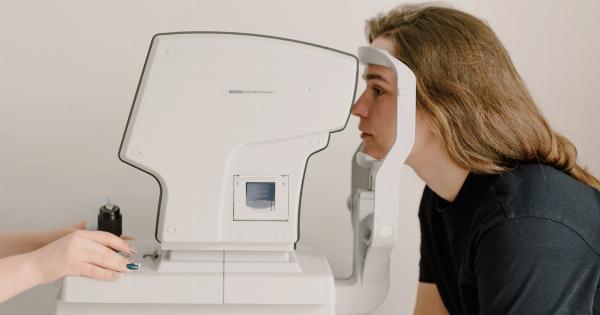Magnetic Resonance Sumography (MRS) is a type of medical imaging commonly used to diagnose various health issues. Like every other medical procedure, MRS has its risks and benefits, especially in children.
If you are a mother and want to learn more about MRS and its impact on your children, keep reading to find out more.
What is Magnetic Resonance Sumography?
Magnetic Resonance Sumography, also known as Magnetic Resonance Imaging (MRI), is a medical imaging technique that uses a powerful magnetic field and radio waves to produce detailed images of the organs and tissues in the body.
MRS is commonly used to diagnose a variety of health issues, including brain and spinal cord disorders, bone and joint problems, and cancer.
Is MRS Safe for Children?
Overall, MRS is a relatively safe medical procedure for children. However, as with any medical procedure, there are some risks involved. Some children may experience an allergic reaction to the contrast dye used during the procedure.
Others may feel claustrophobic or anxious inside the MRS machine. Additionally, the powerful magnets used in MRS may interfere with pacemakers, cochlear implants, and other medical devices.
Preparing Your Child for MRS
If your child is scheduled for an MRS procedure, it’s essential to prepare them for what to expect. Explain to your child what MRS is, why they need it, and what the procedure will entail.
It may also be helpful to show your child pictures or videos of the MRS machine so they can become familiar with it before the procedure.
During the MRS Procedure
During the MRS procedure, your child will lie down on a table that slides into the MRS machine. The MRS machine may be noisy, but earplugs or headphones can help block out the sound.
Your child may also be given a sedative or anesthesia to help them relax and stay still during the procedure. It’s essential to reassure your child that the procedure is entirely painless and that they can communicate with the technician at any time.
After the MRS Procedure
After the MRS procedure, your child may feel slightly dizzy or disoriented. This is normal and should go away within a few minutes. Your child’s doctor will review the results of the MRS and determine the best course of action based on the findings.
If your child received sedation or anesthesia during the procedure, it’s essential to monitor them closely for several hours after the procedure.
Conclusion
Magnetic Resonance Sumography can provide essential diagnostic information for children with a range of health issues. However, it’s essential to weigh the risks and benefits before deciding to pursue this procedure.
As a mother, it’s essential to be informed about MRS and its potential impact on your child. By following the tips outlined above, you can help prepare your child for an MRS procedure and ensure they receive the care they need.




























